According to the UML 2.5 specification, an association end can be "owned" by the class at the other end (this means that the owned association end corresponds to a reference property of the class at the other end). The fact that an association end is owned should not be expressed by a navigability arrow (which is common practice, however). Rather, it has to be expressed with the help of a small filled circle (also called a "dot") at the end of the association line, as the following diagram illustrates.

Is there a free class diagram editor that supports these ownership dots? For instance, Visio 2010 does not support it.